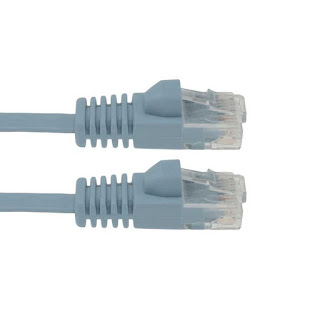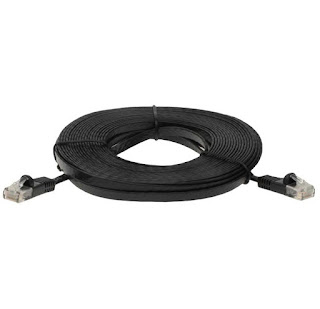Ethernet cables are not the most popular, talked about cables. But if your cable tears, the whole house is going to put effort to immediately replace it. What happens if a few cables at a data center damage? Nothing good, of course. Your essential navigation app can suddenly stop working, or your work chat app can crash. The result can be anything from ‘eh’ to insanity.
Our dependence on apps has made it close to impossible to live in a scenario where we don’t constantly need them for something or the other. No matter what, the cloud must sustain. And for that, the data centers that power it. Owning a data center has become a lucrative business. But before you begin, there are certain things you need to take care of.

Let’s explore the finer details of running and maintaining a data center. There are certain basic things that you have to take care of here:
- Electricity
- Cabling
- Cooling
- Security
A detailed overview of the basics:
Electricity
While the pyramid of basic needs has come to include Wi-Fi, the truth is that electricity comes above it. Without it, the cloud wouldn’t exist. That makes electricity a priority for your data center. You must have a backup power supply for emergencies. Natural calamities, as well as other factors, affect power supply and most of them are unpredictable. Since human presence is anyway less in a data center, you have to make arrangements in a way that the electricity remains on without human interaction necessary. The backup generator must be powerful enough to take care of things for a decent duration of time. You can also set it up to supply power to certain parts of the center based on priority so that those can perform optimally for a longer time.
Cabling
Next in line of things to take care of here are cables! The cable you use here determines the ping time for the apps that use this data center for their services. It also determines the quality of data that passes through. You need to invest in bulk Ethernet cable solutions in variants if you need to. Be sure to get the Cat5E cable. Depending on your data canter’s requirement, you can upgrade it to Cat6a, Cat7 or Cat8 Ethernet cable. The Cat5E cable is more than sufficient for mid-level speed and reliability requirements. You can go about wiring your data center in two ways:
-
Unstructured Cabling
As the name suggests, there is no organized structure to it and it is point-to-point. Without fixed pathways for the cables, the airflow in this structure is often restricted and can create heating issues. When these servers crash or they need maintenance, and they will, the downtime increases because you have to sort through a messy system to determine where the issue is or which cable needs to change. It also becomes challenging to add or remove servers in this situation. The only positive thing here is that if you are putting it together the first time, it is quick. The problems come after. Of course, spending more time on maintenance is not ideal, and therefore this type of cabling is not ideal.
-
Structured Cabling
A well-organized system where each cable has a label is the preferred way of cabling in a data center. Everything in this system is predefined from the type of cable to where it goes. Extensive planning goes behind this. This system makes it easy to maintain the facility and keeps a clear airway for ventilation. Out of the two types of cabling, structured cabling is by far the superior one.
Cooling
The best way to control the temperature in this setup is to control the lighting. Light makes things hot and there is not much use of it here. You can make the most of natural ventilation by installing windows in a way that the sunlight doesn’t come in. Additionally, you’d have to install special cooling units per specific number of racks. In case of fluctuations in temperature, you have to implement a smart environmental management system. The fact that these centers operate without much human requirement, makes it much easier to maintain the temperature effectively.
Security
Even though this is the last point, it is in no way the least important one. You have to take measures against data breaches, as well as human errors. But you also have to take care of the design of the data center in a way that it can withstand earthquakes, floods, and other natural calamities. Security cameras are also essential here, they should be ones that can see in low light, and store video feeds for longer periods.
The investments that you will have to make to set up a data center are bulk Ethernet cable, a building or a room, depending on the size of your center, electricity, security equipment, etc.
You can rent out servers to companies or start-ups or you can even rent the entire data center, depending on demand and how you want to go about it. But if you go about these four elements carefully, it will make your center ideal for any company or start-up.
Source: https://www.sfcable.com/blog/details-running-maintaining-data-center/

 Log in with Facebook
Log in with Facebook 







